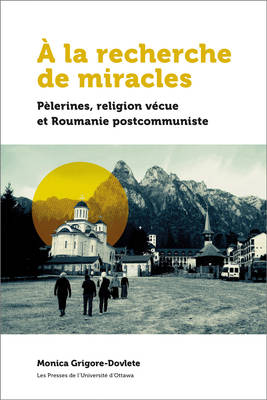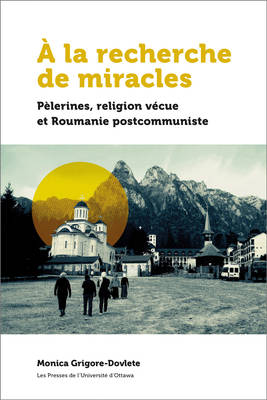
- Retrait gratuit dans votre magasin Club
- 7.000.000 titres dans notre catalogue
- Payer en toute sécurité
- Toujours un magasin près de chez vous
- Retrait gratuit dans votre magasin Club
- 7.000.0000 titres dans notre catalogue
- Payer en toute sécurité
- Toujours un magasin près de chez vous
À La Recherche de Miracles
Pèlerines, Religion Vécue Et La Roumanie Postcommuniste
Monica Grigore-Dovlete
39,70 €
+ 79 points
Format
Description
Pourquoi la religion est-elle si présente en Roumanie postcommuniste ? Quels sont les impacts de la présence accrue de la religion sur la société ? C'est sur le terrain, dans le cadre de pèlerinages réalisés dans des monastères de renom, notamment auprès de pèlerines pieuses, que l'auteure cherche des réponses.
Spécifications
Parties prenantes
- Auteur(s) :
- Editeur:
Contenu
- Nombre de pages :
- 230
- Langue:
- Français
- Collection :
Caractéristiques
- EAN:
- 9782760331839
- Date de parution :
- 21-10-20
- Format:
- Livre relié
- Format numérique:
- Genaaid
- Dimensions :
- 152 mm x 229 mm
- Poids :
- 476 g

Les avis
Nous publions uniquement les avis qui respectent les conditions requises. Consultez nos conditions pour les avis.






